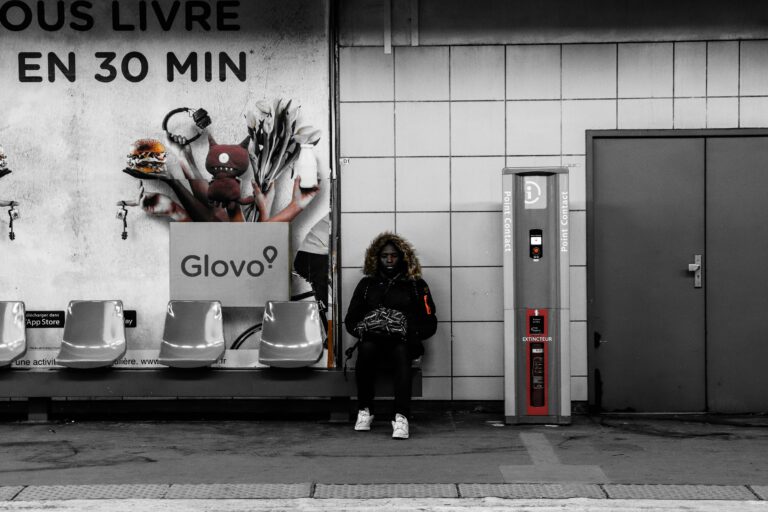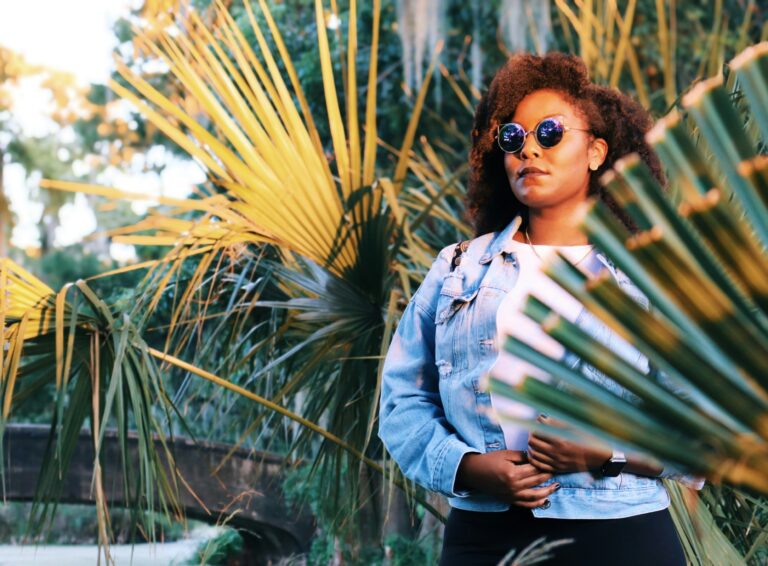Dive into the captivating history of fashion designers and their lasting impact on style and culture. This guide explores how fashion evolved from early couture pioneers to modern innovators who reshaped the industry with creativity and vision. Learn about the designers who defined eras and the key milestones in fashion’s ongoing transformation.
History of Fashion Designers: Evolution of Fashion and Iconic Innovators

Fashion has been a dynamic form of self-expression and cultural identity for centuries. The history of fashion designers reflects not only evolving styles but also social changes, technological advancements, and artistic innovation. From ancient garments to today’s haute couture, understanding the fashion design history reveals the creative minds behind the trends and the pivotal moments shaping the industry.
Contents
When Was Fashion Invented? A Brief Timeline
Fashion as we know it today evolved gradually. Clothing itself dates back tens of thousands of years as early humans needed protection and adornment. However, the concept of fashion as a trend-driven, artistic industry began to take shape in the Middle Ages and Renaissance periods.
- Prehistoric and Ancient Fashion: Early humans used animal skins and natural materials. Ancient civilizations like Egypt, Greece, and Rome introduced draped garments and symbolic accessories.
- Medieval Era: Clothing indicated social status. Sumptuary laws regulated what people could wear.
- Renaissance (14th to 17th centuries): Fashion began reflecting art, culture, and class distinctions more intricately. Tailoring and embroidery became sophisticated.
- 17th-18th Century: The rise of luxury textiles and elaborate garments. France, especially Paris, emerged as a fashion epicenter.
- 19th Century: The Industrial Revolution introduced ready-to-wear fashion, making styles more accessible.
Who Was the First Fashion Designer?
The title of the first fashion designer often goes to Charles Frederick Worth (1825–1895), an Englishman who founded the modern haute couture industry in Paris. Worth was the first to sew branded labels into his garments and present seasonal collections on live models.
- Worth’s innovative approach transformed dressmaking into a recognized art form and profession.
- His clients included European royalty and aristocrats, setting trends across the continent.
Evolution of Fashion Trends Through History
Fashion trends have continuously evolved due to cultural shifts, technological innovations, and designer creativity:
- Early 20th Century: Designers like Paul Poiret and Coco Chanel revolutionized women’s fashion by liberating silhouettes from corsets and introducing practical elegance.
- Mid-20th Century: Iconic designers such as Christian Dior introduced the “New Look,” emphasizing femininity with cinched waists and full skirts.
- Late 20th Century: Designers like Versace, Yves Saint Laurent, and Calvin Klein blended luxury with pop culture influences, expanding fashion’s global appeal.
- 21st Century: Technology and sustainability have become major influences. Digital design tools, social media, and eco-conscious brands are reshaping fashion’s future.
Famous Fashion Designers and Their Iconic Contributions
- Coco Chanel: Revolutionized women’s fashion with timeless pieces like the little black dress and tweed suit.
- Christian Dior: Known for redefining post-war fashion with ultra-feminine silhouettes.
- Gianni Versace: Famous for bold colors, prints, and glamorous designs.
- Alexander McQueen: Known for theatrical runway shows and innovative tailoring.
- Ralph Lauren: Icon of classic American style blending elegance and sportiness.
- Yves Saint Laurent: Pioneer of ready-to-wear luxury and gender-fluid fashion.
History of Fashion Technology
Technology has played a crucial role in the evolution of fashion design:
- Industrial Revolution: Introduction of sewing machines and mechanized textile production.
- 20th Century: Development of synthetic fibers like nylon and polyester transformed fabric choices.
- Digital Age: Computer-aided design (CAD) software, 3D modeling, and virtual fitting rooms are revolutionizing how designers create and present collections.
- Sustainability Tech: Innovations like fabric recycling, biodegradable materials, and eco-friendly dyeing methods are becoming industry standards.
FAQs with Answers
- Who is considered the first fashion designer in history?
Charles Frederick Worth is widely recognized as the first true fashion designer. In the 19th century, he founded haute couture in Paris and introduced the practice of creating seasonal collections. - What was the significance of Charles Frederick Worth’s contributions?
Worth established the concept of designer-led fashion, where clients followed a designer’s vision rather than just tailoring existing garments, laying the foundation of modern fashion. - How did Coco Chanel revolutionize women’s fashion?
Coco Chanel introduced comfortable yet chic designs, popularized the little black dress, and liberated women from restrictive corsets with her use of jersey fabric and simple cuts. - What impact did Christian Dior’s “New Look” have on fashion?
Presented in 1947, Dior’s “New Look” featured cinched waists and voluminous skirts, reintroducing femininity and luxury after World War II austerity, influencing decades of fashion. - Who are some notable early American fashion designers?
Designers like Claire McCardell pioneered American sportswear, emphasizing practical, casual clothing, while Ralph Lauren and Calvin Klein later defined classic American luxury. - How did fashion design change in the 20th century?
The 20th century saw rapid shifts—from Art Deco and flapper styles in the 1920s, to minimalist and mod looks in the 1960s, to eclectic and street-inspired designs by the century’s end. - What role did Yves Saint Laurent play in fashion history?
Yves Saint Laurent popularized ready-to-wear collections, introduced the tuxedo suit for women, and drew inspiration from art and culture, breaking conventions. - How did technology influence fashion design?
Innovations in textiles, sewing machines, and later digital tools enabled mass production, faster design iterations, and new fabric capabilities. - Who are some iconic designers known for sustainable fashion?
Stella McCartney and Vivienne Westwood have been pioneers in using eco-friendly materials and advocating for ethical fashion practices. - What is haute couture?
Haute couture refers to exclusive, custom-fitted clothing made by hand with high-quality materials, often showcasing exceptional craftsmanship. - What differentiates ready-to-wear from haute couture?
Ready-to-wear (prêt-à-porter) is mass-produced fashion available in standard sizes, designed for broader markets, unlike the bespoke nature of haute couture. - How did streetwear influence high fashion?
Streetwear’s casual, urban style merged with luxury fashion through collaborations, shifting designer focus to inclusivity and everyday wear. - Who was Alexander McQueen and why is he significant?
Alexander McQueen was known for theatrical runway shows and bold designs that challenged traditional norms, leaving a lasting impact on fashion artistry. - What contributions did Elsa Schiaparelli make to fashion?
Schiaparelli was famous for her surrealist-inspired designs and collaborations with artists like Salvador Dalí, blending art with clothing innovation. - How did menswear evolve through designers?
Designers such as Giorgio Armani modernized menswear with relaxed tailoring, ushering in a more casual yet sophisticated era. - What role did fashion weeks play in the industry’s growth?
Fashion weeks created global platforms for designers to showcase collections, influencing trends and connecting the fashion community. - How did the 1960s and 70s change fashion?
Youth culture inspired vibrant, experimental styles including miniskirts, psychedelic prints, and bohemian looks reflecting social changes. - Who are some contemporary fashion innovators?
Virgil Abloh, Demna Gvasalia, and Kim Jones are known for blending streetwear with luxury, driving new directions in fashion. - How has globalization impacted fashion design?
Globalization expanded cultural influences, enabled worldwide distribution, and diversified fashion markets and styles. - What trends are shaping the future of fashion design?
Sustainability, digital fashion, inclusivity, and technological integration are key trends defining the future landscape.
Conclusion
The history of fashion designers is a rich tapestry woven from art, culture, technology, and innovation. From the pioneering work of Charles Frederick Worth to today’s digital era, fashion design has continuously evolved to reflect society’s changing values and aesthetics. Famous designers have left indelible marks on this journey, shaping not only clothing but the cultural zeitgeist. Understanding this history enriches our appreciation for fashion as both an industry and an expressive art form.

Shikha Singh
Keep in touch with our news & offers
Subscribe to Our Newsletter
Thank you for subscribing to the newsletter.
Oops. Something went wrong. Please try again later.






